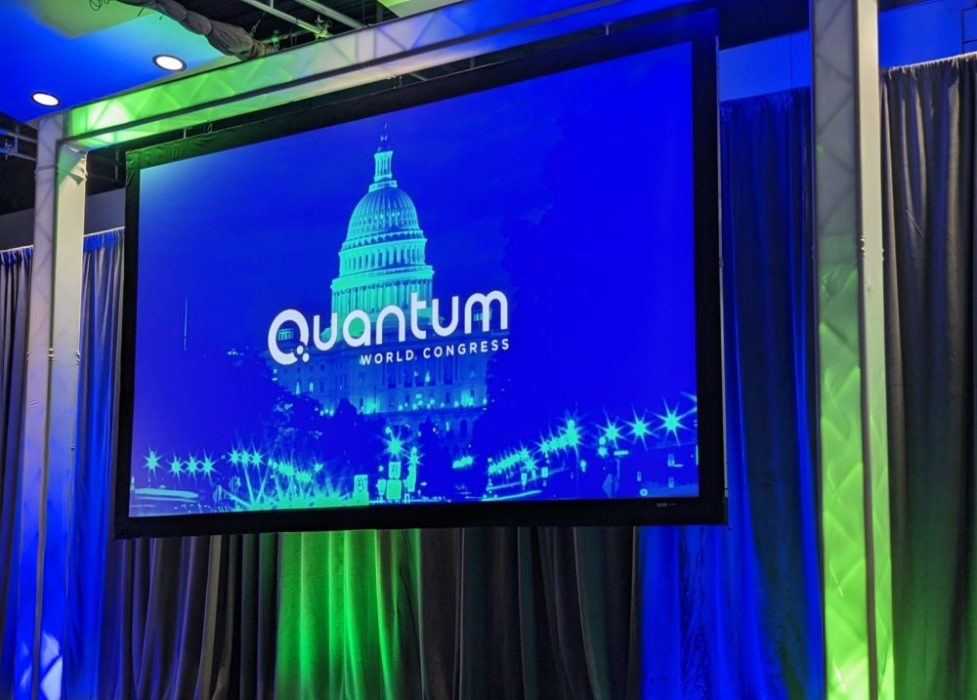It’s not too hard to imagine STEM-inclined college and graduate students plugging away at quantum calculations and concepts in a lab. But how do you help students get there, starting as soon as elementary school?
Education leaders explored this question during a panel at the inaugural Quantum World Congress in DC this week. Panelists Alexandra Fuentes, manager of STEAM and computer science at Fairfax County Public Schools; Bushra Ahmad Saeed, associate professor at the University of DC; and Emily Edwards, director of IQUIST at the University of Illinois, spoke about how schools can help make quantum careers a feasible, appealing possibility.
Manifesting this reality means introducing quantum concepts starting at an elementary level and moving through the first few years of college. But with the complexity of the topic, educators need to think differently about how to get students used to the idea at such a young age.
Some schools, Fuentes said, have found luck educating elementary school students on quantum concepts like superimposition through jelly beans — because you can’t measure the flavor of a jelly bean without changing it in some way. She believes ideas like these can inspire curiosity and excitement about quantum.
“What’s really critical is that we’re inviting those [topics] into the school day so that it’s not random chance who is able to access those opportunities,” Fuentes said during the panel. “It’s really there for every child to become aware of what their career opportunities are. ”
At UDC, Ahmad Saeed said that the college spent two-and-a-half years researching to develop a 60-credit-hour quantum curriculum, which it hopes to launch next fall. A recurring challenge, she said, was removing some of the seeming inaccessibility surrounding quantum.
“The biggest challenge to attract students is to remove the stereotype that this is rocket science,” Ahmad Saeed said.
A common challenge is making quantum accessible to students with different educational experiences and predilections. Some might come in with an algebra background while others are inclined toward physics, and educators have to create a way for neither of those backgrounds to be necessary.
“One of the challenges, always, at four-year institutions is creating things that can be accessible across disciplinary boundaries,” said moderator Jessica Rosenberg, an associate professor and quantum education center director at George Mason University.
Building multiple pathways into the quantum curriculum also means showing students examples of industry positions and careers, Ahmad Saeed said. But it also means that students have to be confident that they’re at the forefront of technological advancements. As curricula develop, they need to grow, move forward and change close to or at the pace of technology.
“Curriculum is fluid,” Ahmad Saeed said. “We are constantly changing our curriculum, getting professional developments to our faculty to change their teaching mechanics so they’re not doing it the old-fashioned teaching way. As technology changes, we are simultaneously changing curriculum with different ways and methods of teaching, and the content is being changed.”
Edwards added that a crucial point in quantum education is what comes next for many students. After students gain an initial interest in the topic, she noted, educators need to have a clearer plan of where to point them.
“We really need to have discussions about, ‘Okay, then what?” Edwards said. “So students went to this camp, they heard about it in chemistry and then what? They take a course at the community college? What are the next steps? Building up those connections is incredibly critical.”







